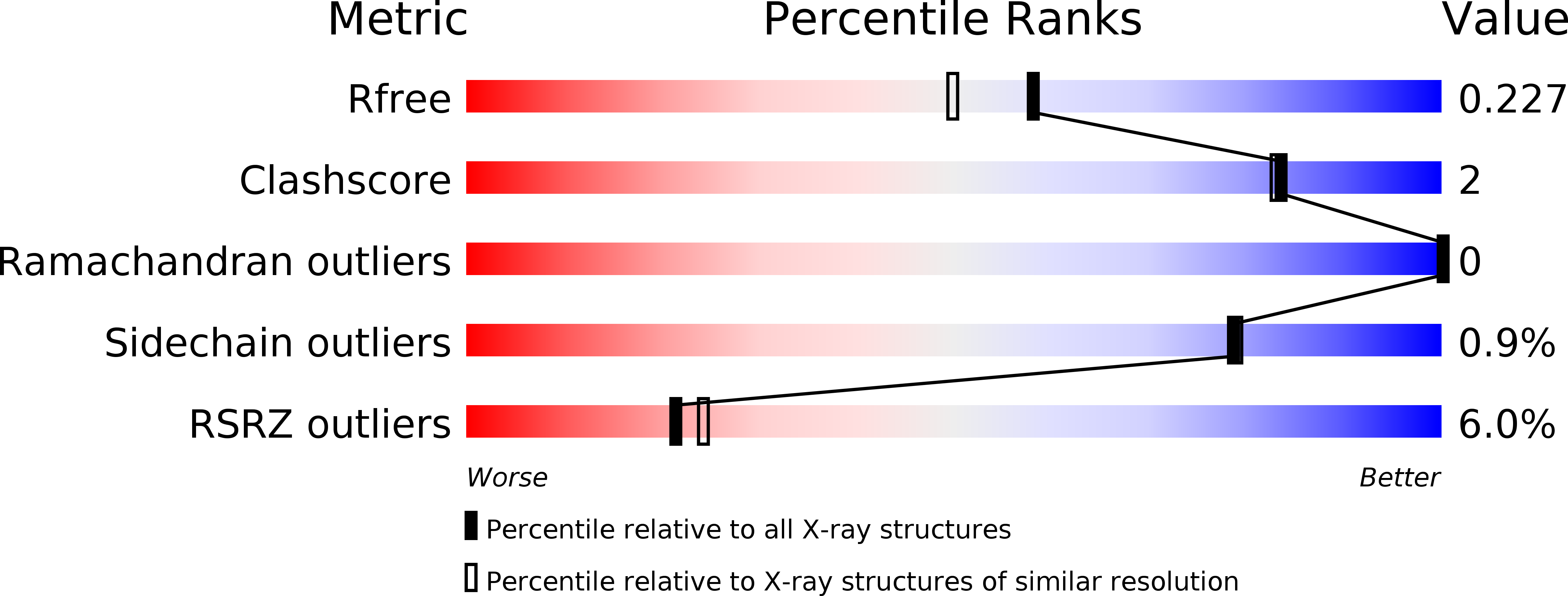
Deposition Date
2013-06-25
Release Date
2013-08-14
Last Version Date
2023-12-06
Entry Detail
PDB ID:
4LDT
Keywords:
Title:
The structure of h/ceOTUB1-ubiquitin aldehyde-UBCH5B~Ub
Biological Source:
Source Organism:
Homo sapiens (Taxon ID: 9606)
Caenorhabditis elegans (Taxon ID: 6239)
Caenorhabditis elegans (Taxon ID: 6239)
Host Organism:
Method Details:
Experimental Method:
Resolution:
1.90 Å
R-Value Free:
0.22
R-Value Work:
0.19
R-Value Observed:
0.19
Space Group:
P 21 21 2


